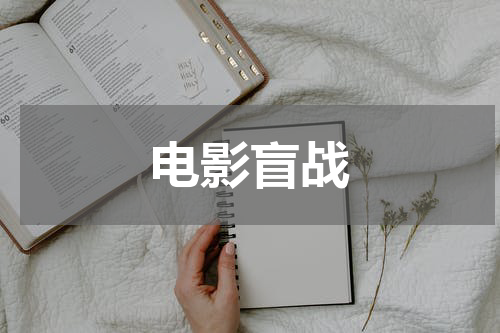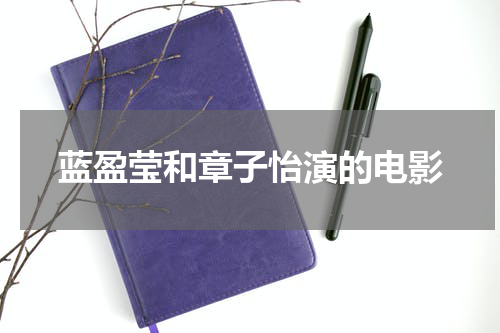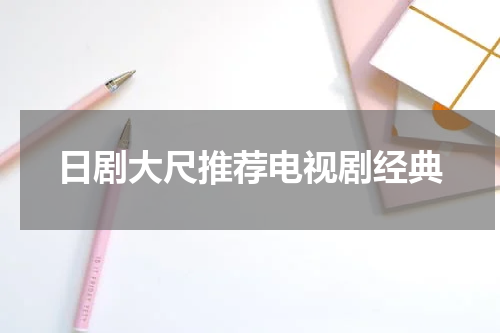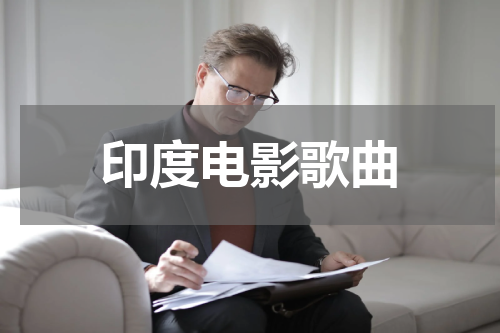京剧是中国传统文化的瑰宝之一,深受广大观众喜爱,具有深厚的历史底蕴和丰富的表演技巧。京剧起源于明朝,经过几百年的发展,成为中国传统戏曲中最重要的剧种之一。其次,角色扮演是京剧的一大特色。演员们通过精湛的表演技巧,将不同性别、不同年龄、不同社会地位的角色真实地展现在观众面前。不同的面具有不同的象征意义,让观众能够更加容易地辨认角色。京剧作为中国传统文化的重要组成部分,具有独特的艺术魅力。
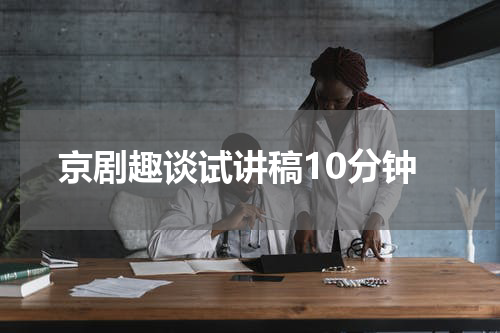
尊敬的评委、亲爱的观众们:
大家好!我今天很荣幸能够在这里为大家带来一场关于京剧的趣谈。京剧是中国传统文化的瑰宝之一,深受广大观众喜爱,具有深厚的历史底蕴和丰富的表演技巧。今天我将从京剧的起源、角色扮演、唱腔和面具四个方面来和大家分享,希望能够让大家更加了解京剧的魅力。
首先,关于京剧的起源。京剧起源于明朝,经过几百年的发展,成为中国传统戏曲中最重要的剧种之一。京剧融合了北方各种戏曲剧种的特点,形成了独特的表演风格。京剧的舞台美术、服饰和音乐都有自己独特的风格,给观众带来了视觉和听觉上的享受。
其次,角色扮演是京剧的一大特色。京剧中的演员通常扮演男性、女性和丑角三种角色。演员们通过精湛的表演技巧,将不同性别、不同年龄、不同社会地位的角色真实地展现在观众面前。他们将通过动作、表情和声音等的细微变化,传达角色的情感和内心世界。
再次,唱腔是京剧的重要组成部分。京剧的唱腔是以“老生”、“小生”、“老旦”、“小旦”、“净”和“丑”六个行当为基础的。不同的行当有着不同的音乐表达方式,如老生的“平腔”和小生的“近腔”。京剧的唱腔以其韵味独特,富有感染力,给观众带来了一种独特的美感。
最后,我想和大家谈一谈京剧的面具。面具是京剧中的一大特色,通过颜色、形状和装饰来展现角色的性格和身份。不同的面具有不同的象征意义,让观众能够更加容易地辨认角色。面具给京剧增添了一种神秘感和艺术美感,成为京剧不可或缺的一部分。
以上就是我对京剧的一些趣谈。京剧作为中国传统文化的重要组成部分,具有独特的艺术魅力。通过了解京剧的起源、角色扮演、唱腔和面具,我们可以更加深入地体会到京剧的美和艺术性。希望大家能够喜欢我的分享,对京剧有更多的了解和欣赏。谢谢大家!
参考译文:
Ladies and gentlemen,
Good afternoon! I am honored to be here today to present a talk about Beijing Opera. As one of China's cultural treasures, Beijing Opera has gained immense popularity and possesses a rich history and diverse performance techniques. Today, I will share with you some fascinating aspects of Beijing Opera, including its origins, role-playing, singing styles, and masks, to help you better understand the charm of this traditional art form.
Firstly, let's explore the origins of Beijing Opera. Originating from the Ming Dynasty, Beijing Opera has evolved over hundreds of years to become one of the most important genres of traditional Chinese opera. It combines the characteristics of various northern Chinese regional operas, creating a unique performing style. With its distinct stage art, costumes, and musical style, Beijing Opera offers audiences both visual and auditory enjoyment.
Secondly, role-playing is a prominent feature of Beijing Opera. Actors in Beijing Opera typically portray three types of characters: male, female, and clown. Through their superb acting skills, actors bring characters of different genders, ages, and social statuses to life on stage. They convey the emotions and inner worlds of their characters through subtle changes in movements, facial expressions, and vocal intonations.
Next, let's talk about the singing styles in Beijing Opera. The singing styles in Beijing Opera are based on six main role types: "Laosheng" (old male character), "Xiaosheng" (young male character), "Laodan" (old female character), "Xiaodan" (young female character), "Jing" (painted-face male character), and "Chou" (comic character). Each role type has its unique musical expression, such as the "pingqiang" of Laosheng and the "jinqiang" of Xiaosheng. The singing styles of Beijing Opera possess a distinctive charm and emotional appeal, offering audiences a unique aesthetic experience.
Lastly, I would like to discuss the role of masks in Beijing Opera. Masks are a significant aspect of Beijing Opera, with different colors, shapes, and decorations representing characters' personalities and identities. Each mask carries its symbolic meaning, making it easier for audiences to identify characters. Masks add a sense of mystery and artistic beauty to Beijing Opera, making them an indispensable part of its performing art.
These are some intriguing aspects of Beijing Opera that I wanted to share with you today. As an important component of traditional Chinese culture, Beijing Opera possesses a distinctive artistic charm. By understanding its origin, role-playing, singing styles, and masks, we can better appreciate the beauty and artistic nature of Beijing Opera. I hope you have enjoyed my presentation and gained a deeper understanding and appreciation for Beijing Opera. Thank you all!




